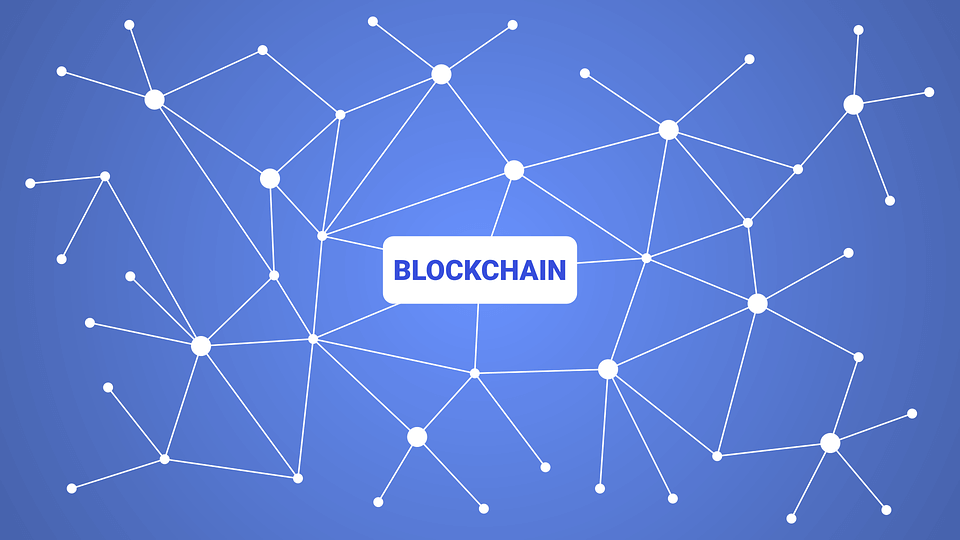A few months ago, a digital picture named “Everydays: The First 5000 Days” was sold for over $69 million. You might wonder, why would anyone pay this amount of money for a picture, and not even a painted one, but a digital one? It is because this picture is a non-fungible token (NFT), and the buyer might hope to sell it at an even higher price. It is one of many NFTs on the internet that can be bought and sold, and which are drawing in large amount of money as there is still a lot of hype around them.
What are non-fungible token?
If an asset is non-fungible, this means that it cannot be replaced with another asset. Non fungible assets are not like a currency, such as the Sterling pound for example, where one pound can replace another pound (because it is fungible). NFTs are unique and cannot be replaced. That is one reason why they have become so popular.
A token is a digital asset that exists on the Ethereum blockchain. This network ensures a high degree of security and authenticity, given that the records exist on the distributed ledger. The fact that the NFTs are based on the Ethereum blockchain has given the cryptocurrency a boost (although it crowded the network). As NFTs became more popular, Ethereum trading picked up, and the price of Ethereum went up from under $400 in 2020 to over $4000 in 2021 (the price declined to $2200 later on).
Prices of NFTs
Today, different artists such as designers, painters, writers, and musicians want to sell their work products as NFTs. The price can be as low as $1 and as high as $69 million if not more. Many digital art NFTs can sell for $700 or more. For some pieces, the demand is so high that buyers will have to wait for their turn to receive the NFT. What’s more, sometimes customers do not actually get to buy the NFT, as the sale depends on them being selected in a random draw of potential buyers. This slow speed is a result of slow minting speed, and it keeps NFTs in demand.
NFTs help artists
The fact that NFTs are based on the blockchain means that it is difficult to forge them. If you buy an NFT, then it is in your name, and it is unique. For the art industries which are heavily impacted by copyright infringements, this provides good protection. With NFTs, artists will be able to avoid signing unfair contracts with production companies. They can avoid the middlemen and cater directly to their audience. As such, NFTs provide real value by promoting artists’ work and protecting their copyrights, which can be a boon to the creative industries.
The downside of NFTs
Despite the benefits, NFTs have a big downside. They still consume a lot of energy to mint. Some papers argue that Ethereum uses enough energy to power an entire country. This is not far-fetched. Even if the costs of mining are high, if the price Ethereum goes up, this will provide a good incentive for miners to continue mining, adding up to the environmental costs.
Will you get rich off of NFTs?
Unfortunately, most NFTs sell for a rather low price which is under $200. Very few lucky artists manage to sell their work for a good price. Moreover, many people who buy NFTs do so with the intention of selling them later on at a higher price, not because they value the art itself. Bubble dynamics can be seen in those patterns, but it is difficult to speculate. Buyers of NFTs should maintain realistic expectations and avoid seeking quick gains that could end up costing them money.
Image Courtesy: Supplied
